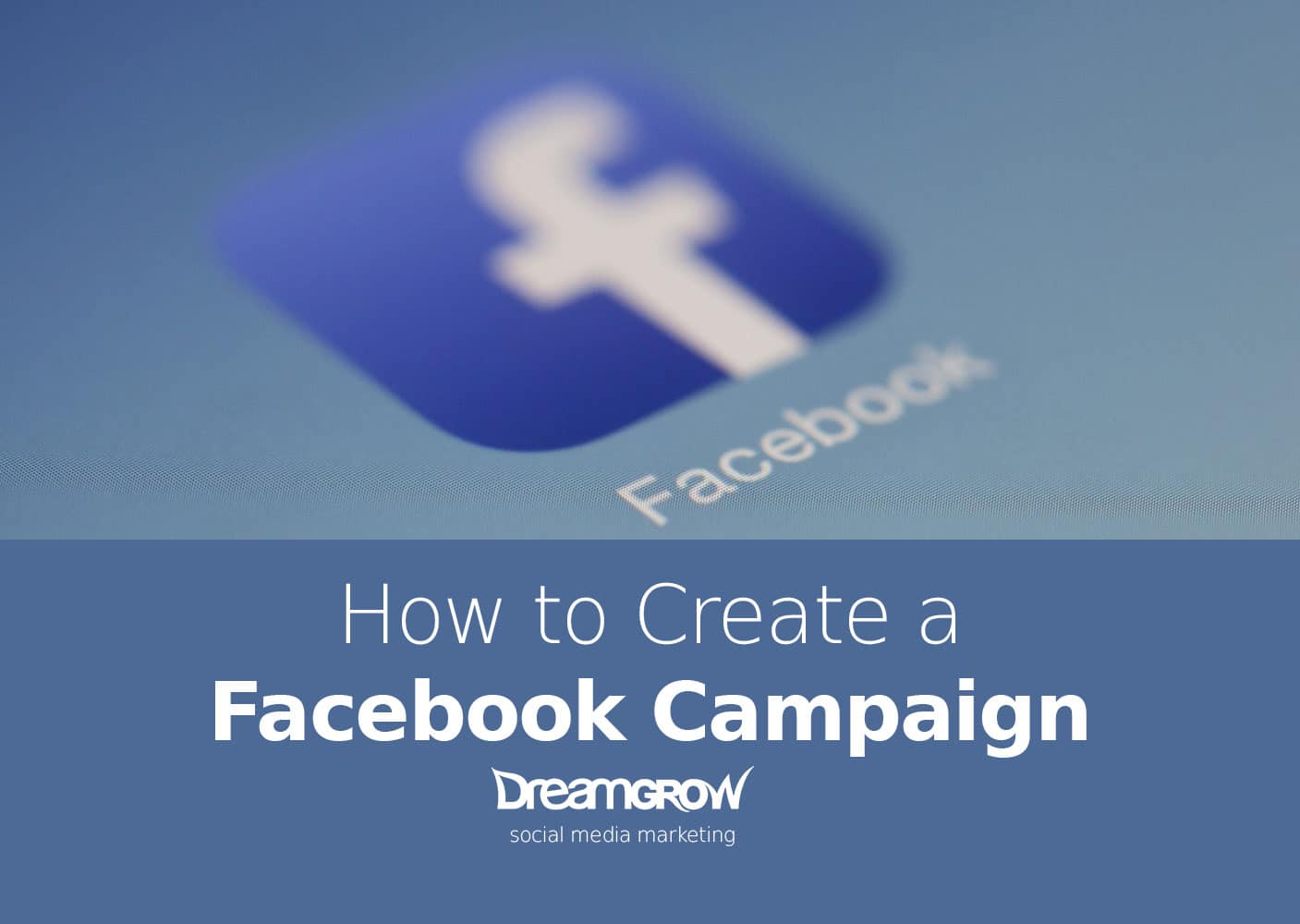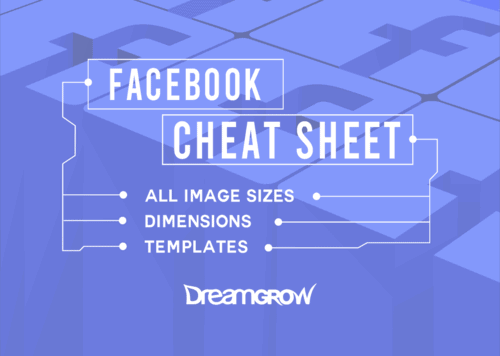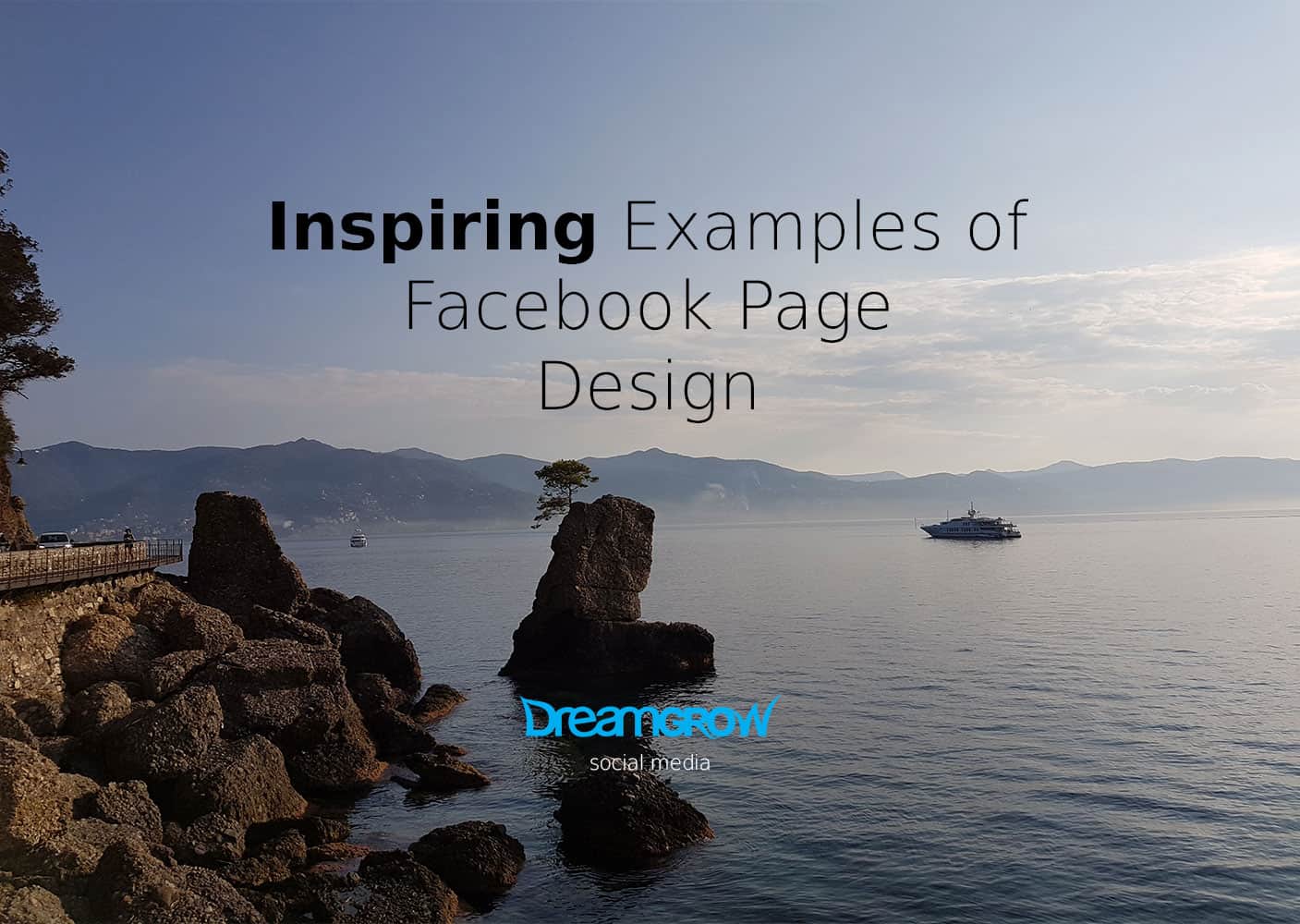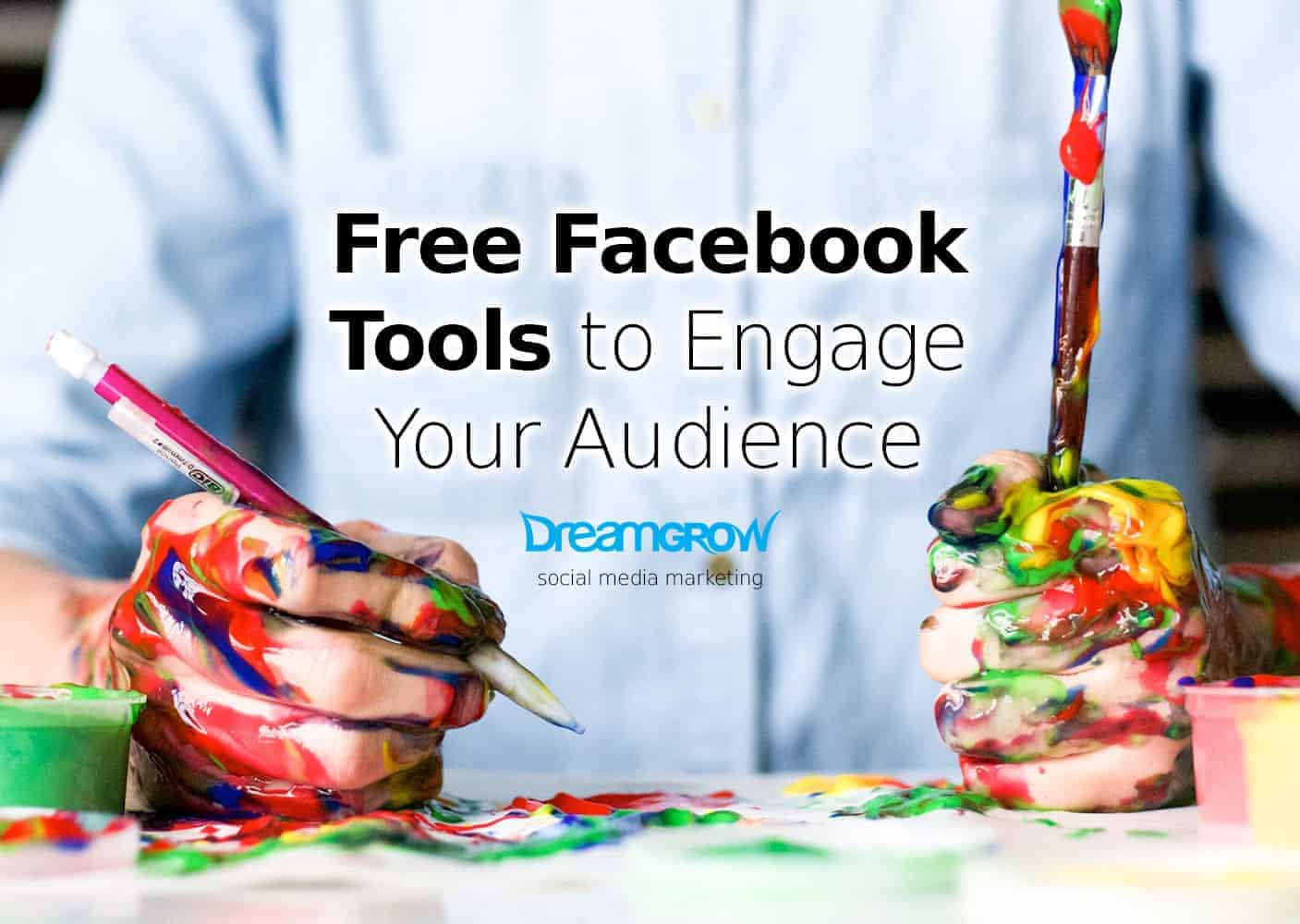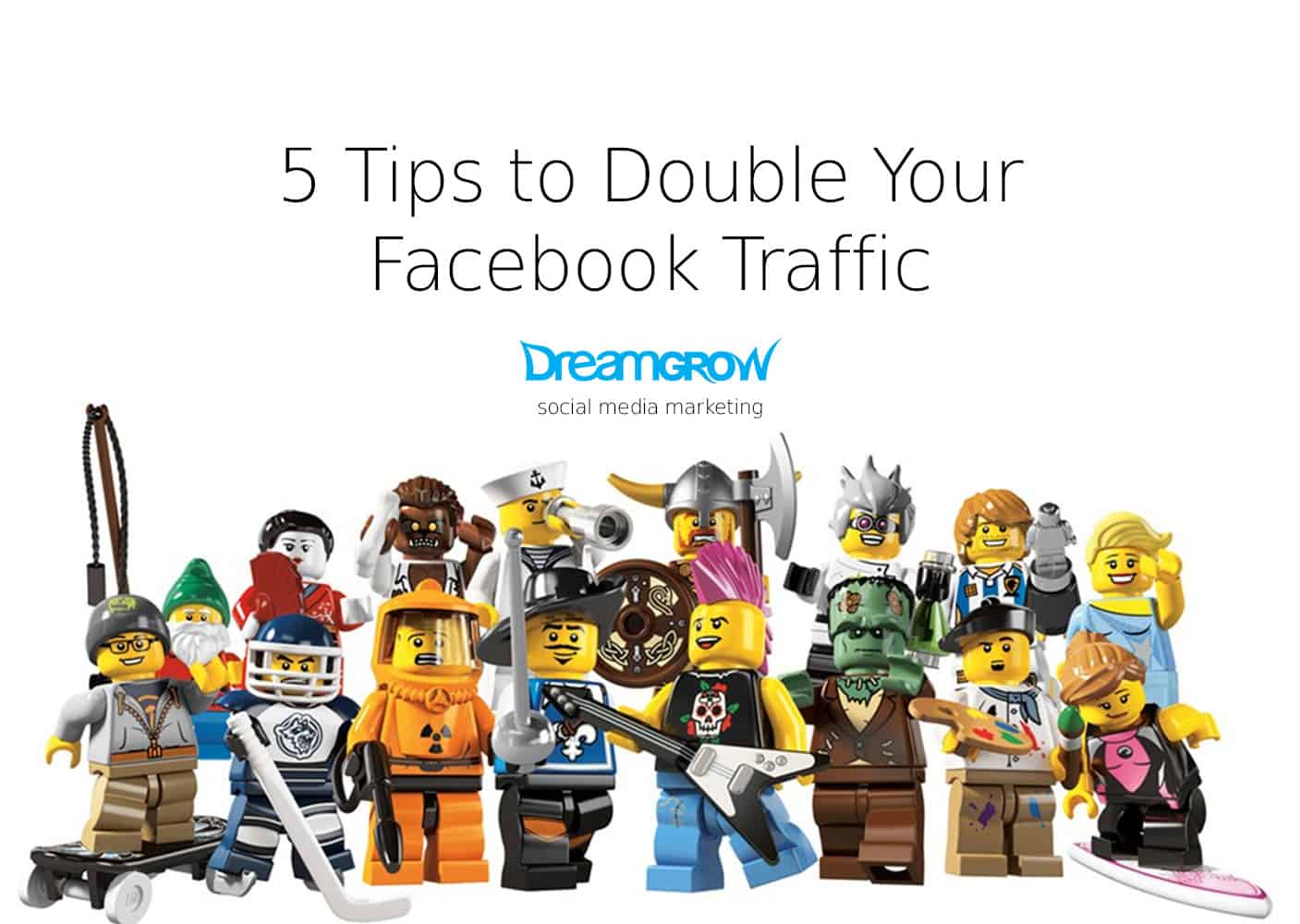Facebook marketing campaigns have become a part of every marketers toolbox.
However, while browsing the web, I still come across plenty of examples where businesses fail with structuring their campaigns. This post should help you guide through the process of making your Facebook campaign.
Before you dive into the world of Facebook ads, it is essential that you come up with a plan.
To define a good Facebook strategy, you must answer a couple of important questions.
What is your main goal? Do you have an active mailing list and how many people are on it? Are you capable of creating one-of-a-kind content that is valuable to your audience? Is your website traffic consistent?
Also read: How to Run A Facebook Sweepstakes Contest
Decide what your Facebook campaign’s objective is
Your Facebook campaign has three layers.
The first one is the campaign, the second an ad set, and the third is the ad itself. The first level is where you determine what your objective is. It is what you want your audience to do when they come across your ad.
Facebook has three categories for this – Awareness, Consideration, and Conversion.
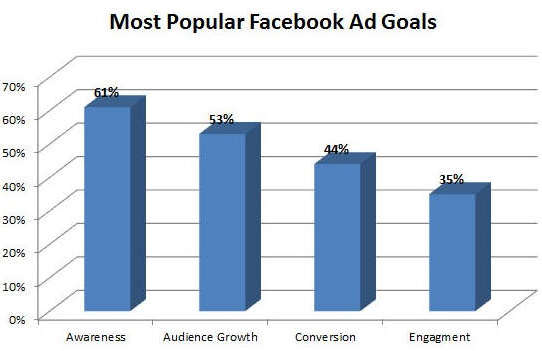
If your idea is a retargeting campaign that leads people from Facebook to your site, Conversions or Traffic objectives should be your choice.
On the other hand, if your main focus is on the content, then you should go for something like the Video Views objective.
Think about your goal and determine your objective accordingly.
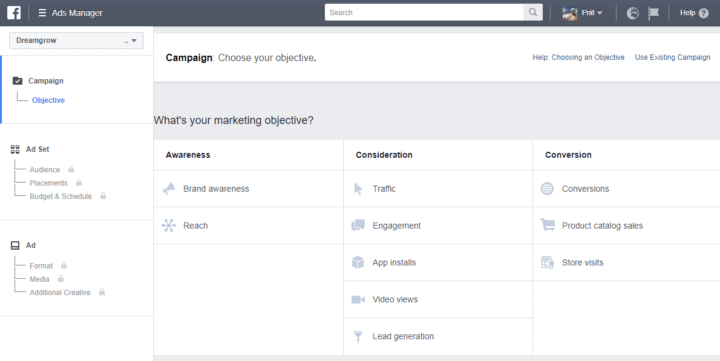
Define your Facebook campaign goals
- What is the campaign objective? For example, you launched a new product series and wanted to build awareness. To do that, you might consider launching a product-educational campaign which also gives out coupons for every participant. Coupons/small gift packs are great to establish the first contact between the user and the product.
- Why am I doing it? Is the campaign really necessary? What are the alternatives?
- What results am I expecting? Write down some estimated numbers such as 5,000 new fans, 450 additional sales in February, 10% Engagement Rate, etc.
- Set a clear and understandable goal which can be measured after your Facebook campaign ends.
What kind of actions do you want your users to do?
Write down detailed technical specifications of your campaign – what users can do and how to participate in the campaign. It’s also helpful to visualize the action-flow (see the example below).
For example, your Facebook campaign objectives are to establish new fans in your target audience segment and also get them signed up for your newsletter for further communications in the future.
So, you decide to make a Facebook sweepstakes campaign.
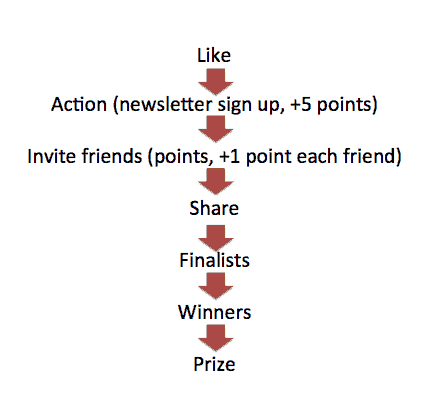
In this case, there are four actions that can be performed:
- Like (users like your page and participates in the sweepstakes)
- Participation (user signs up to receive your newsletter)
- Invite friends (users can invite their friends to participate in the sweepstakes)
- Share button (users can share the Facebook campaign straight to their timeline)
What kind of Facebook campaigns are there?
There are several campaign models from which you can find the one best suited for your business:
- Avarenes and sales – just showing ads to get people to take action. Like, subscribe, buy, etc.
- Sweepstakes – the most common of them all. Users participate, and you draw random winners from the hat. If you're interested in Facebook Sweepstakes, read our guide about How to Run a Facebook Sweepstakes contest. Furthermore, we have recently written a case study about a local brand, and its success with sweepstakes. Read it here.
- Quiz – ask a few questions that are related to your niche. Offer them an incentive (a prize or a discount for example) for taking part in your quiz. The quiz can be of educational purpose or act as a method of research.
- Voting – people love making TOP lists and having a chance to vote. A pizza restaurant can ask users to vote for their favorite toppings for example. Another great example comes from Tesco who lets users vote on what the next discounted product will be.
- Discount campaigns such as group deals or one time offer coupons for participation.
- Games – these are more sophisticated in terms of user actions. Design a game and brand it according to your niche. A car brand could easily design a simple rally game on Facebook and award the top players with prizes such as discounts, extras, etc.
- Photo and video contests. For example, last year Oreo fans could upload a picture of themselves featuring Oreo cookies and get a chance of being featured on Oreo’s profile picture as their fan of the week. The privilege came with extra prizes, of course. This year, however, Oreo is taking it one step forward. Click on the link above to find out what’s happening!
- Unique applications such as social life audit by Ultimate Vodka where the users profile is analyzed. The user gets points for pictures, check-ins, photo tags, etc. and this generated a scoreboard. These custom applications are typically used to give the users something interactive to play with – for example an NFL club could develop an application that lets people make their own jerseys.
- Social good (awareness) campaigns – give out X amount of donations to your favorite type of charity for an user action. Brand your business as one that is socially responsible. Another great example is the anti-drug Facebook timeline campaign in Israel where they creatively used Facebook’s timeline to visually highlight what drugs can do to you.
The creative idea of your Facebook campaign
- What's the message you're trying to get across? If your goal is to promote a new product, what are you saying to the potential users? Make your message clear and simple to understand.
- Make the creative idea relate to your brand.
- Whenever possible tie the Facebook campaign to buying or using your brand. (Click to win an iPad is not the best idea).
Find out How To Set Up a Custom Facebook Landing Page App
Come up with a great ad copy
After determining and targeting your audience, it is the time that you put your efforts into creating a great ad. You need to have your audience in mind, so be relevant and specific.
The ad that is promoting a new product surely needs to look different from an ad that invites people to join your mailing list.
Next, you need to include a proper call to action. It is what guides your visitors to where they should be, and is a tool for driving more traffic and leading to more sales.
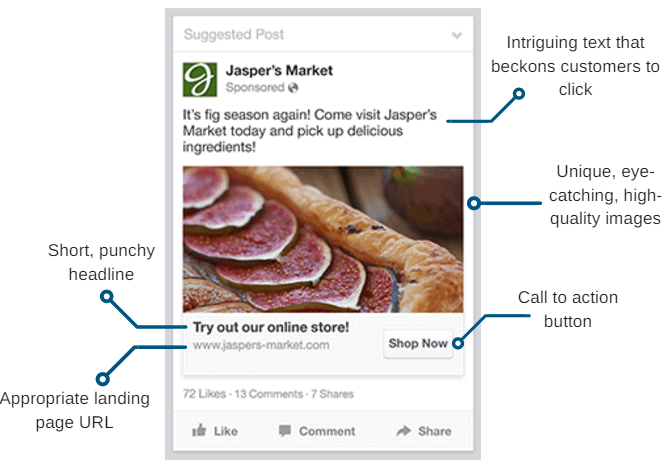
The ad has to have a clear message, so keep it concise, and make sure that its intention is clear-cut.
Finally, it is essential that you stay consistent with your brand. Consistency means creating an ad that is in the same vein as your emails and other aspects of your brand. You need to use the voice and tone that your audience knows and trusts.
Choose the right image
There is a variety of options when it comes to Facebook campaigns. If you are looking for the best way to draw attention to a particular product, then single-image ads are the right choice.
Every good ad comes with a proper image. Make sure that the image that you are using reflects your brand as well as the message that you want to convey. It complements the ad copy by showing the personal side of your efforts, such as the people and the environment.
Of course, the image has to be in high resolution. Avoid stock images and provide something genuine for your audience.
If you are creating a single-image ad, the resolution of 1200 x 628 is the best choice. We've also got a cheat sheet with all the Facebook image sizes you'll ever need.
Also, you shouldn’t overcrowd it with text. Images that have as little text as possible are both cost-effective and deliver a good performance.
What do I need to consider?
- Agency vs in-house. Do you have all the resources to create the Facebook campaign or do you need to outsource?
- Design. Have all of the important actions above-the-scroll.
- There are third party tools that can be used to make campaigns such as ShortStack.
- Cost. Well, duh! Make estimates between the cost and return. For example, total costs are 3000 dollars and you estimate to receive 1,000 newsletter sign ups (usually there’s a monetary value similar to customer lifetime value associated with a newsletter sign up), 200 sales (profit from these sales), etc.
- If there are prizes, how will I be contacting the winners? The user's privacy settings can disallow sending private messages (it's against Facebook's rules of promotion anyway), so consider taking their email address instead!
- What is my target audience interested in? Do they want discounts, add-ons for your products or something else? This is important to know as you want to set a desirable prize.
- Make your campaign too complicated and you risk having not many participants.
- Is the user experience easy and understandable? The best practice is to tell them what to do in order to participate – guide them through the process!
How to gain coverage?
Start by offering content that will engage your customers. You can write blog posts or create enticing videos.
You should combine your Facebook efforts with a high-quality email campaign.
Retargeting is another important step. Set up the Facebook Pixel and target recent website visitors. When you have a good strategy, you are ready to set up an awesome Facebook campaign.
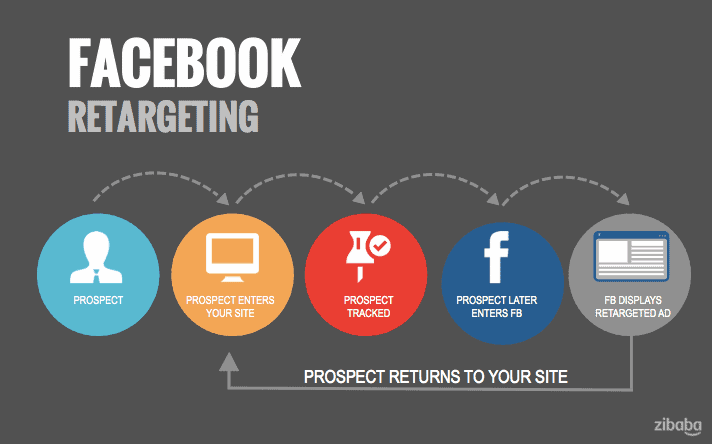
- Facebook ads. Do your research, it'll pay massive dividends once you can make it work.
- Make sure to add share buttons on your campaign page. The best practice is to make everything easily shareable.
- Write about your campaign on your Page’s wall. Make regular updates if it’s a longer campaign.
- Direct users from your other marketing channels to your Facebook page. Use your newsletter, your website, blog, offline store, etc.
- Use your profile picture wisely, direct the users to your campaign application
Determine your audience
You need to target the right audience according to your goal. In order to rekindle with the customers and prospects that already have a relationship with your business, you should focus on your email subscribers.
You could be looking for a way to convert more subscribers into customers. In that case, you should comprise a list of contacts that haven’t purchased from you yet, and target them with an ad which, for example, offers them free shipping on the first item that they order from you.
If you are looking for a way to reconnect with your repeat or recent customers, you could target them based on the history of their purchases.
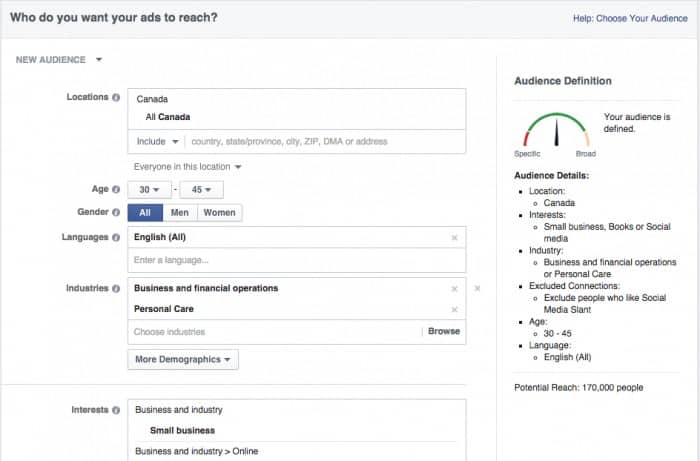
Another solution is to target people with similar interests or interests that you define.
Since Facebook collects data about its users, you can make use of this and let more people know about you. You can target the desired audience according to location, age, gender, and interest keywords.
Invite them to join your mailing list, educate them about your products or services, or draw them to your website.
Target a custom audience
The great thing about custom audiences is that you can get great results from retargeting campaigns.
Better engagement comes from the fact that you are targeting an already primed group of people.
There are four options that you can choose from when creating a custom audience: App Activity, Customer File, Website Traffic, and Engagement on Facebook.
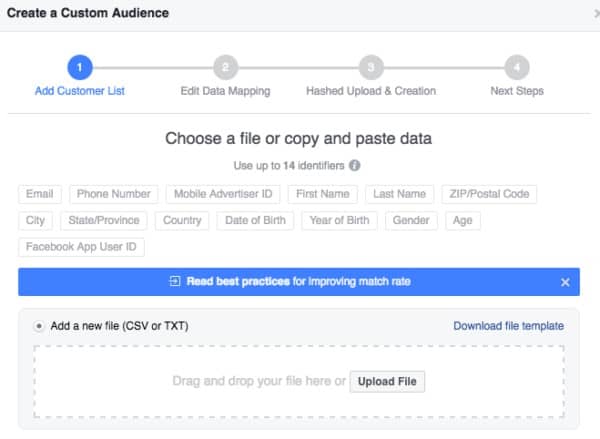
The Customer File option enables you to import a data list and let Facebook find the people that are using the platform.
It’s a great solution if you already have a subscriber list because it allows you to specifically target people on it with your Facebook campaign.
Website custom audience focuses on your audience’s activity on your site.
Custom audiences are where you make use of conversion tracking to get to know what your visitors are doing. You can create a custom audience according to how long people stayed on your website, which pages they have visited, and what did they do while they were there.
The App Activity is similar to this option, as it enables you to focus on people who have completed a certain action in your app.
A custom audience that is based on engagement focuses on the people who have interacted with your Facebook content. There are four engagement options to choose from – Video, Canvas, Page, and Lead Ad.
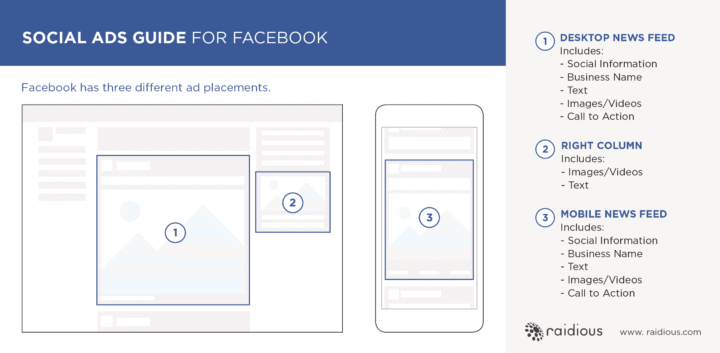
The Lead Ad option targets people who have interacted with your lead ads. The same goes for the Canvas option and canvas ads.
Video engagement option enables you to compose a list of people based on how much of your video have they seen.
Page engagement targets the people who have interacted with your Facebook page.
Measuring results
- Use Facebook or third party such as HootSuite insights to measure new likes, activity, engagement rate and so on. How many new fans did you gain during the campaign period? What was your page’s engagement rate like? Read more about Facebook important metrics here.
- Measure how sales performed during the campaign period. Did you sell more? What was the profit?
- Measure inbound traffic from Facebook to your website. Did it increase?
The importance of CLTV (Customer Lifetime Value)
When it comes to Facebook campaigns, a lot of people focus on short-term effects, and don’t consider the benefits of long-term planning.
If, for example, the price of your product is 50 dollars, but getting a new customer costs you 80 dollars, you might think that it’s a bad thing since you are losing money.
However, what you could be forgetting is the CLTV. If your CLTV is 600 dollars, it means that the 80 dollars per customer is just fine, since you are earning more in the long run.
Learn how to calculate the lifetime value of your customers in order to make the right decisions.
Bonus tips
- Tag all outbound links to your webpage. Read more about tagging links here.
- Check out our Facebook cheat sheet for all of the measurements you need.
- Always use call-to-actions! You might find a suitable call-to-action here.
- Always test your custom applications in different browsers to make sure they work! Internet Explorer is bound to have some rendering and CSS issues that need to be fixed.
- Learn how to set up your Facebook application here.
- Before launching your campaign, make sure you have avoided all of the mistakes businesses are making on Facebook.
- Always keep yourself up to date with what's happening on Facebook. Facebook has the habit of changing their API and structure and this means that what's working today might not be working tomorrow.
Final thoughts
When creating Facebook ads, you can never be sure which copy will have the best performance until you test them out.
Some people think that the connection between what you’re offering and the imagery should be carefully analyzed.
Others believe that you should decide which ad copy has the strongest emotional effect.
In truth, no one can provide you with the ultimate answer. You can’t know the results until you test them. This is why your opinion doesn’t matter as much as how the particular ad pans out.
This is why you should, test everything all the time.
Furthermore, you shouldn’t throw in a whole bunch of ideas and hope that at least some of them stick. Only a good Facebook campaign strategy can yield the results that you are aiming for.
Therefore, you need to carefully develop one, and see where in your sales funnel the Facebook ads can really make a difference.
I hope you enjoyed this post. Please let me know in the comments if you have anything to add.
____________________
Photo via Visualhunt
